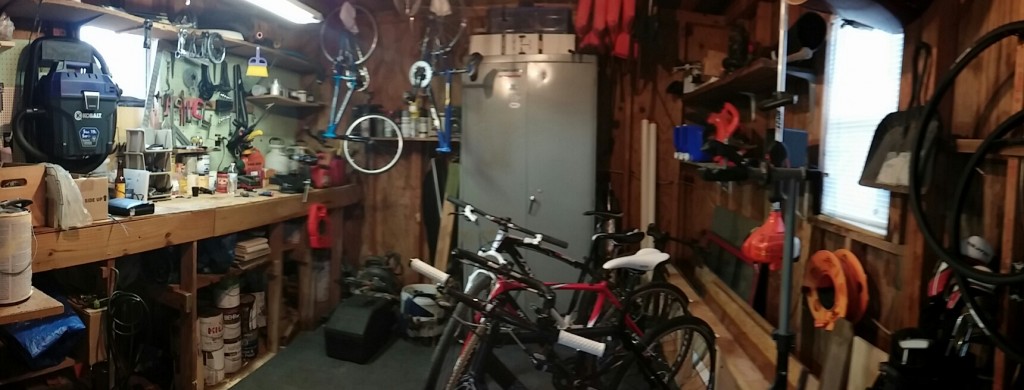Electronic Document Interchange, or EDI, has been an emerging business requirement for manufacturers and vendors who want to do business with any major US retailer for almost two decades. Originally it was a cost saving device for big boxes such as Home Depot, Wal-Mart, Lowes, Menards… pick almost any major retailer. Lately it is still a bottom line savings measure for retailers, enabling them to submit purchase orders to vendors and distributors, receive electronic invoices and other business documentation that once required an army of paper pushers inside the organization, driving up prices through labor costs and inefficiencies. Now the EDI landscape is changing. The reduction in “the cost of doing business” for retailers through the use of EDI is beginning to be offset by an increase in the real cost of goods from manufacturers and distributors. Please pardon the length of the forthcoming explanation while I try to reduce its complexity.
EDI transactions, the act of a retailer such as Wal-Mart submitting an electronic purchase order to a vendor such as 3M, can be completed using a variety of communication technologies such as AS2, FTP, SFTP, VAN to VAN, and several other base layer communication protocols. The technology used is almost always selected by the retailer with compliance requirements becoming the responsibility of the manufacturer, vendor or distributor. All well and good in the beginning as it saved either side from pushing paper, reduced delays in document receipt and payment receipt, benefiting the vendors. An environment perfectly ripe for a middle man. So look out… here comes the “VAN”.
VAN’s (Value Added Network) providers have always been a part of the EDI landscape. The irony is this acronym implies they add any “value” to the retailer/vendor relationship. VAN’s historically provided small manufacturers and distributors an outsourced solution to conducting business with large retailers by removing the need for in house IT staff and EDI specialists. Then a few VAN’s began to believe that “Mom and Pop” shops were not a large enough revenue stream. What they did was formulate a trend, started by companies like SPS Commerce, where they wedge themselves between many of the major retailers and their manufacturer/vendor base. The way they did it was diabolical at minimum and what I’ve often referred to as a form of pseudo extortion.
Here’s how it works. A VAN approaches a big box retailer and makes them a pretty astonishing offer: They will reduce or eliminate a large portion of the retailers EDI costs if the retailer will agree to sign on with the VAN as their EDI representation. The retailer will not have to employee IT staff to manage EDI transactions, they will not have to host expensive software systems and telecommunication circuits (bandwidth) to handle the volume of data traffic necessary to conduct document interchanges with trading partners (the vendors and manufacturers). The retailers will not have to manage document testing for new vendors and they will not need an internal department to produce and enforce electronic document standards. They can eliminate all this EDI overhead for little or nothing, all they have to do is sign on with the VAN. “Fantastic!”, says the CFO. Now for the catch….
The only thing the VAN wants in return? The retailers ENTIRE vendor base. Now the VAN can approach the vendors and distributors with an ultimatum: Sign on and pay document testing fees, connectivity fees, transaction fees, kilo character (data) fees or else. Or else what? Or else lose your ability to conduct business with a big box retailer (your existing customer). A consequence in revenue many vendors cannot afford so they give in to the demands of the VAN to retain their customer relationship. So now instead of having hundreds of small customers, to whom they are providing simple EDI liaison services, they have thousands of small to large corporations paying them to conduct business with one of America’s largest retailers. Sherwin Williams just went through such a transition during the last few years to a VAN called InfoAccess. Please take the time to ask any Sherwin Williams representative or vendor how smoothly this has gone for either side. Of course you’ll have to find a Sherwin Williams associate who’s prepared to be honest about the experience.
In the case of Sherwin Williams many of their vendors were previously using a communication technology called AS2. This is a direct line (data connection) between the vendor and Sherwin Williams producing realtively little connectivity costs for either side. Sherwin was required to staff an in-house EDI department which I assume is almost gone at this point. Some vendors experienced an increase in the cost of doing business with Sherwin Williams. Costs that will ultimately affect the wholesale price of goods to the retailer who will could pass the increase on to the customer. Most retailers typically pass vendor price increases over to the consumer.
While intermediary VANs are fully prepared to offer great savings to retailers by removing in-house costs that they cannot pass on to the consumer, they are often creating an increase in the wholesale costs of goods from the vendors, distributors and manufacturers which retailers are happy to pass on to you, the consumer. This is the side of the story VAN’s do not want to know. Many retailers have decided to forgo offers from intermediary VAN’s and continue to support their EDI operations in house, several of which I mentioned at the beginning of this post. Lowes, Home Depot and Wal-Mart continue to trade documents with vendors directly via AS2 communication. Grainger Supply, Bass Pro Shops and now Sherwin Williams are examples of companies that decided to turn the cost of EDI over to their vendor base by handing off the trade relationship to a VAN. Speaking from experience, it is often much easier to conduct an EDI trading partnership directly with a retailer on a technical level than it is to go through the implementation and support gauntlet of a VAN. Lower costs to manufacturers typically results in lower costs to consumers. Many VAN’s are leveraging the customer/vendor relationship against consumers. If I’m wrong someone please give me an example where a VAN, working on behalf of a retailer, has resulted in lower wholesale prices.


